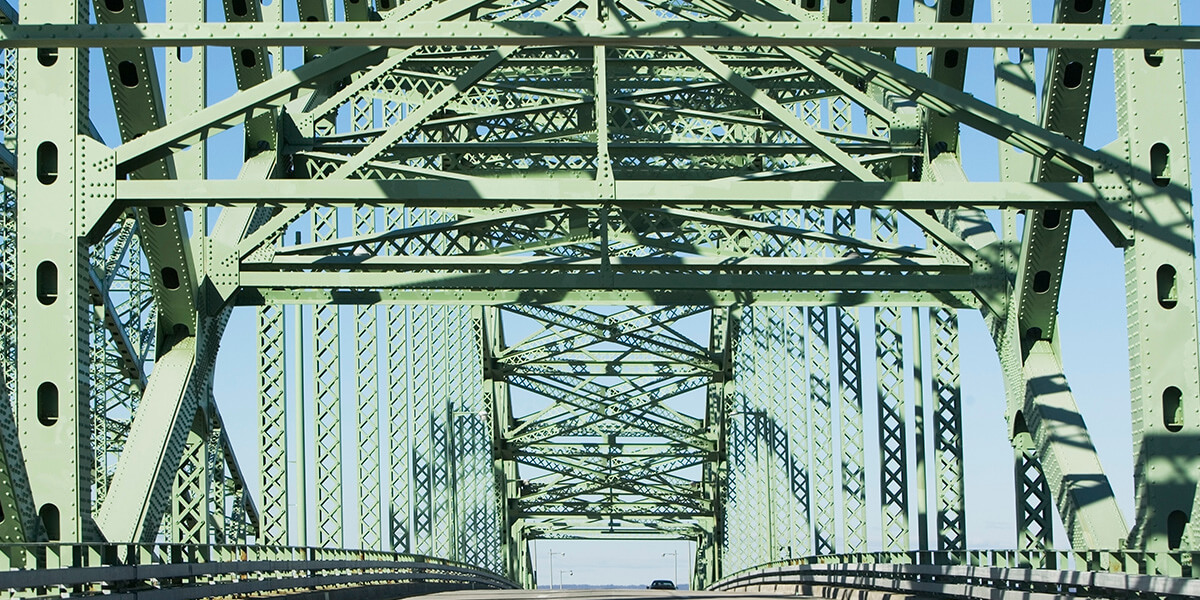
6 Part Blog Series: The Role of High-Performance Coatings in Shrinking the Carbon Footprint
In part one of this blog post series, we began to explore the role that high-performance industrial coatings play in helping to shrink emissions and the overall carbon footprint. Though the title for part two of this series may be a little hyperbolic… it’s not by much.
Steel is the cornerstone of modern civilization—it’s strong, relatively inexpensive and lacks any viable alternatives. Some form of steel is used in virtually every modern structure, piece of equipment and vehicle. It’s the most essential material used in construction.
However, it takes a significant amount of energy to produce steel. Most of the energy used to make iron, and in turn steel, comes from fossil fuels. These energy sources produce a lot of carbon dioxide, as well as volatile organic compounds (VOCs), that are ultimately released back into the atmosphere.
In addition, steel that is left unprotected will begin to corrode, losing all the properties that make it an essential construction material. The protection of steel assets from corrosion—in turn preventing the need for asset replacement—is by far one of the most environmentally friendly actions that a facility or asset owner can implement. This is especially true when considering the environmental impact of protecting those steel assets.
How Steel Protection Reduces Environmental Impact
For example, a 6-inch schedule 40 steel pipe weighs about 19 lbs per foot. A 105-foot run of this 6-inch pipe would weigh close to 1 ton. If this steel pipe had to be replaced due to corrosion, the environmental cost is high. In fact, for every ton of steel that is produced by steel mills, approximately 2 tons of CO₂ are released back into the atmosphere!
To protect that same 105-foot run of 6-inch steel pipe with a standard three-coat, high-performance coating system would generate less than 10 lbs of VOCs emissions. Though 2 tons of CO₂ versus 10 lbs of VOCs is a dramatic difference, it’s a common occurrence.
In addition to the 2 tons of CO₂ produced from steel, the VOCs generated by the transportation of steel from the mill to the jobsite exceed those produced by high-performance industrial coatings that could be used to prevent asset replacement in the first place.
Using High-Performance Coatings to Mitigate Steel Corrosion
In order for legislative bodies and companies to reduce the overall carbon footprint from man-made activities, the importance of protecting steel from preventable replacement due to corrosion cannot be understated. The use of high-performance industrial coatings to mitigate corrosion should be strongly encouraged—and even demanded.
Although minimizing VOCs in high-performance industrial coatings—plus carbon emissions from all sources—should be the ultimate goal for companies, the prevention of steel corrosion can have a significant impact on improving the overall carbon footprint.
In part three of this blog post series, we will discuss how to measure the VOCs produced from high-performance coatings, as well as why it’s important to understand what the numbers listed on a coatings manufacturer’s product data sheet mean for VOCs emissions.

